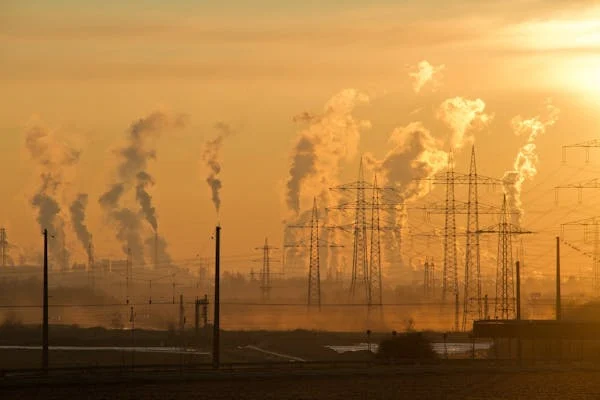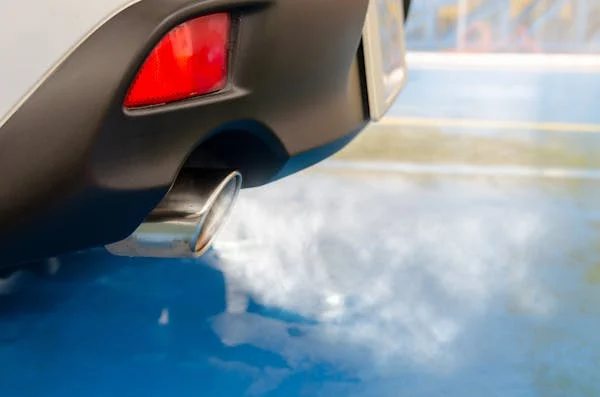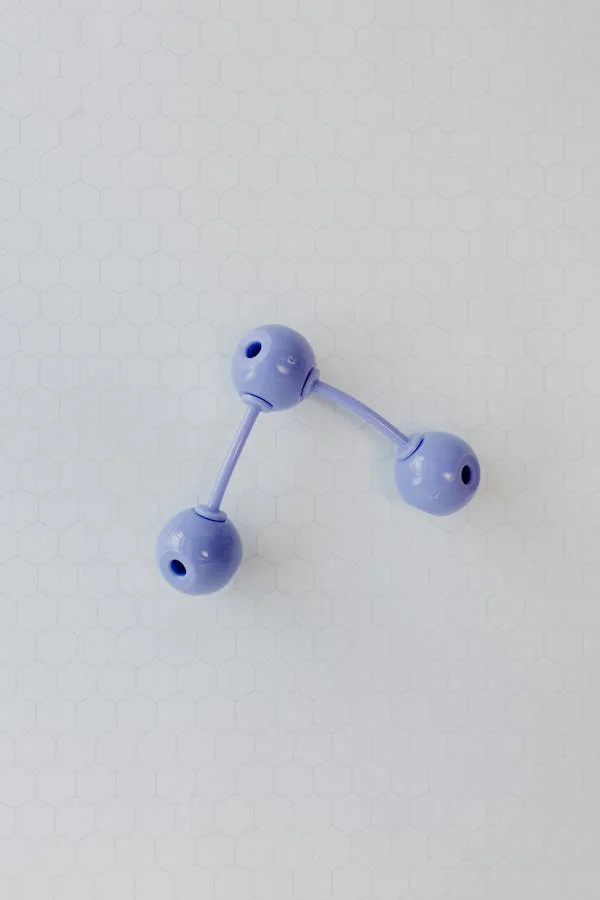
Common Compounds in Microplastics: Origins, Occurrence, and Mitigation Strategies
Microplastics are small plastic particles, typically less than 5 millimeters in diameter. They originate from a variety of plastic materials, which consist of numerous chemical compounds. Here is a list of common polymers and chemical compounds responsible for the formation of microplastics:
Polymers
- Polyethylene (PE)
- Polypropylene (PP)
- Polystyrene (PS)
- Polyvinyl Chloride (PVC)
- Polyethylene Terephthalate (PET)
- Polyurethane (PU)
- Polymethyl Methacrylate (PMMA)
- Nylon (Polyamide)
- Acrylonitrile Butadiene Styrene (ABS)
- Polylactic Acid (PLA)
- Polycarbonate (PC)
- Polyvinyl Alcohol (PVA)
- Polytetrafluoroethylene (PTFE)
- Polyoxymethylene (POM)
- Polybutylene Terephthalate (PBT)
- Polyethylene-co-vinyl Acetate (EVA)
- Polyvinylidene Chloride (PVDC)
- Polyisoprene
- Polychloroprene (Neoprene)
- Polyethersulfone (PES)
- Polyether Ether Ketone (PEEK)
- Polyimide
- Polypropylene Glycol (PPG)
- Polystyrene Sulfonate (PSS)
- Polyaniline (PANI)
- Polyvinyl Butyral (PVB)
- Polyacrylonitrile (PAN)
- Polyethylene-co-acrylic Acid (EAA)
- Ethylene Propylene Diene Monomer (EPDM)
- Styrene Acrylonitrile (SAN)
Additives and Chemical Compounds
- Bisphenol A (BPA)
- Phthalates (e.g., DEHP, DBP)
- Flame Retardants (e.g., TBBPA)
- Nonylphenol
- Parabens
- Triclosan
- Perfluorooctanoic Acid (PFOA)
- Perfluorooctanesulfonic Acid (PFOS)
- UV Stabilizers (e.g., benzotriazole)
- Antioxidants (e.g., BHT, BHA)
- Colorants (e.g., azo dyes)
- Plasticizers (e.g., adipates, citrates)
- Surfactants
- Lubricants (e.g., stearates)
- Siloxanes (e.g., D4, D5)
- Alkylphenols
- Organotin Compounds
- Heavy Metals (e.g., lead, cadmium)
- Silica
- Talc
These compounds are often released into the environment through the degradation of larger plastic items, the shedding of synthetic fibers from textiles, and the use of personal care products containing microbeads.

The table below shows the chemical compounds responsible for the formation of microplastics, their origins, occurrence, and strategies to mitigate their harmful effects.
| Compound Name | Origin | Occurrence | Mitigation |
| Polyethylene (PE) | Plastic bags, bottles, packaging | Oceans, soil, sewage sludge | Reduce use of single-use plastics, promote recycling |
| Polypropylene (PP) | Food containers, straws, bottle caps | Marine environments, wastewater | Use alternatives to single-use plastics, enhance waste management |
| Polystyrene (PS) | Disposable cutlery, foam packaging, insulation | Coastal areas, urban runoff | Ban single-use foam products, promote biodegradable alternatives |
| Polyvinyl Chloride (PVC) | Pipes, flooring, medical devices | Landfills, urban water bodies | Substitute with safer materials, improve disposal practices |
| Polyethylene Terephthalate (PET) | Beverage bottles, clothing fibers | Rivers, oceans, wastewater treatment plants | Encourage bottle deposit schemes, use of recycled PET |
| Polyurethane (PU) | Foams, adhesives, coatings | Industrial waste, landfill leachate | Use eco-friendly alternatives, enhance recycling techniques |
| Polymethyl Methacrylate (PMMA) | Acrylic glass, lenses, coatings | Marine litter, urban runoff | Promote the use of glass alternatives, improve recycling |
| Nylon (Polyamide) | Clothing, fishing nets, toothbrushes | Oceans, soil, household dust | Use natural fiber alternatives, improve textile recycling |
| Acrylonitrile Butadiene Styrene (ABS) | Electronics, toys, automotive parts | Urban runoff, landfills | Encourage electronic waste recycling, use sustainable materials |
| Polylactic Acid (PLA) | Biodegradable plastics, packaging | Compost, industrial waste | Promote industrial composting, enhance awareness of biodegradable options |
| Polycarbonate (PC) | Eyewear, CDs, electronic components | Industrial waste, urban runoff | Use safer alternatives, enhance recycling programs |
| Polyvinyl Alcohol (PVA) | Packaging, films, adhesives | Water bodies, wastewater treatment plants | Use eco-friendly materials, promote safe disposal |
| Polytetrafluoroethylene (PTFE) | Non-stick cookware, lubricants, seals | Industrial waste, urban runoff | Use alternative materials, improve industrial waste management |
| Polyoxymethylene (POM) | Precision parts, automotive components | Industrial waste, landfills | Promote recycling, use sustainable materials |
| Polybutylene Terephthalate (PBT) | Electrical parts, automotive components | Industrial waste, urban runoff | Enhance recycling, use sustainable alternatives |
| Polyethylene-co-vinyl Acetate (EVA) | Packaging, foam products, footwear | Marine litter, urban runoff | Use biodegradable materials, enhance waste management |
| Polyvinylidene Chloride (PVDC) | Food packaging, coatings | Landfills, urban water bodies | Use alternative materials, improve disposal practices |
| Polyisoprene | Rubber products, medical devices | Industrial waste, urban runoff | Use natural rubber alternatives, promote recycling |
| Polychloroprene (Neoprene) | Wetsuits, adhesives, gaskets | Industrial waste, coastal areas | Use alternative materials, improve disposal practices |
| Polyethersulfone (PES) | Filtration membranes, automotive components | Industrial waste, urban runoff | Enhance recycling, use sustainable materials |
| Polyether Ether Ketone (PEEK) | High-performance engineering components | Industrial waste, urban runoff | Promote recycling, use sustainable alternatives |
| Polyimide | Electrical insulation, aerospace components | Industrial waste, urban runoff | Enhance recycling, use sustainable materials |
| Polypropylene Glycol (PPG) | Polyurethane foams, lubricants | Industrial waste, urban runoff | Use eco-friendly alternatives, promote recycling |
| Polystyrene Sulfonate (PSS) | Ion exchange resins, water treatment | Water bodies, industrial waste | Use safer alternatives, enhance waste management |
| Polyaniline (PANI) | Conductive polymers, sensors | Industrial waste, urban runoff | Promote use of safer materials, improve disposal practices |
| Polyvinyl Butyral (PVB) | Laminated glass, coatings | Industrial waste, urban runoff | Promote the use of safer materials, improve disposal practices |
| Polyacrylonitrile (PAN) | Fibers, resins | Oceans, soil, urban runoff | Use natural fiber alternatives, improve textile recycling |
| Polyethylene-co-acrylic Acid (EAA) | Packaging, adhesives | Industrial waste, urban runoff | Use biodegradable materials, enhance waste management |
| Ethylene Propylene Diene Monomer (EPDM) | Roofing, automotive seals | Industrial waste, urban runoff | Promote use of sustainable materials, enhance recycling |
| Styrene Acrylonitrile (SAN) | Food containers, automotive components | Industrial waste, urban runoff | Promote the use of sustainable materials, enhance recycling |
| Bisphenol A (BPA) | Polycarbonate plastics, epoxy resins | Water bodies, soil | Use BPA-free products, enhance awareness of alternatives |
| Phthalates (e.g., DEHP, DBP) | Plasticizers in PVC products | Water bodies, soil, household dust | Use phthalate-free products, promote safer alternatives |
| Flame Retardants (e.g., TBBPA) | Electronics, textiles, furniture | Household dust, water bodies | Use flame-retardant-free products, enhance waste management |
| Nonylphenol | Detergents, pesticides | Water bodies, soil | Use safer alternatives, improve wastewater treatment |
| Parabens | Personal care products, pharmaceuticals | Water bodies, soil | Use paraben-free products, promote safer alternatives |
| Triclosan | Antibacterial soaps, toothpaste | Water bodies, soil | Use triclosan-free products, enhance wastewater treatment |
| Perfluorooctanoic Acid (PFOA) | Non-stick and stain-resistant consumer products, food packaging, fire-fighting foam, and industrial processes | Industrial surfactant in chemical processes | Promote the use of safer materials, improve disposal practices |
Conclusion
In our biosphere, microplastics (MPs) are increasing exponentially, depositing at a rate of 575–1008 various-sized particles per square meter per day. As plastic debris is exposed to environmental weathering, it undergoes degradation due to photo-oxidative, thermal, and hydrolytic processes. This often results in the fragmentation of polymeric material into microparticles composed of volatile organic compounds (VOCs). It is estimated that 150 million tons of plastic materials are dispersed in the world’s oceans, accumulating primarily in the subtropical latitudes of the ocean basins. Further research on the effects of microplastic VOCs is essential to understand their continued impact on biota, human cells, and tissues.




